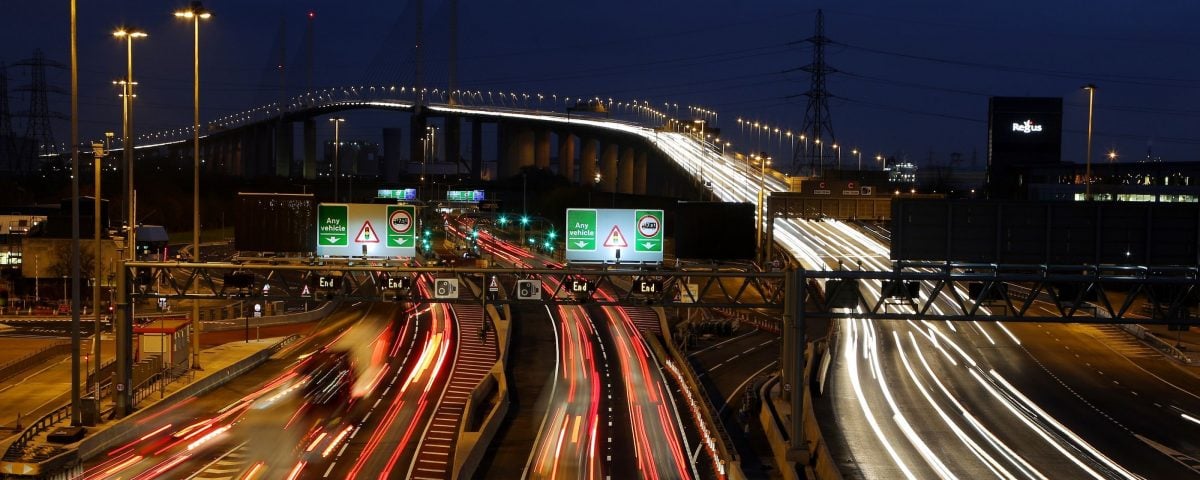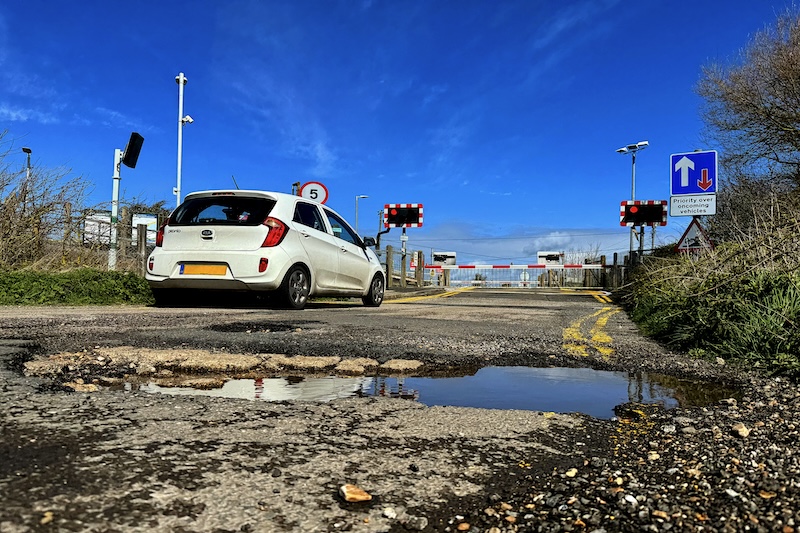Drivers more likely to crash in 4 weeks following October clock change

The clocks went back on Sunday and we all got to enjoy an extra hour in bed, as well as lighter mornings. But did you know that drivers are 10% more likely to have a crash in the month after the annual autumn clock change, according to research?
The National Audit Office reports the possibility of being involved in a road traffic accident is 10% higher in November when compared with October, in the four weeks after the clocks have changed, as motorists get used to the early dark evenings and reduced visibility.
Analysis of 11,700 accident claims received between October and November 2013-2015 shows that for drivers travelling between 5pm and 8pm, the risk is even higher, increasing to a 40% jump in the number of collisions when compared with the previous month.
The peak in evening road casualties shifts when the clocks go back in October, so it falls in the hour after sunset, the Road Safety Observatory reported in 2012.
Charities including Brake and the Royal Society for the Prevention of Accidents (RoSPA) are campaigning to change the current UK clock system. Many supporters are calling for Britain to change to a Single/Double British Summer Time (SDST), which would align the UK with the Central European time zone used in countries such as Italy, Spain and France.
Although there are many supporters of the suggested changes, there is opposition from some groups who feel a loss of morning sunlight would be detrimental. This includes those in northerly parts of Scotland, where the sun would not rise until late morning during parts of the winter if SDST were to be adopted.
According to the Department for Transport, lighter evenings could save the lives of around 80 road accident casualties each year and an estimated £200 million per year in accident-related costs to the NHS.


